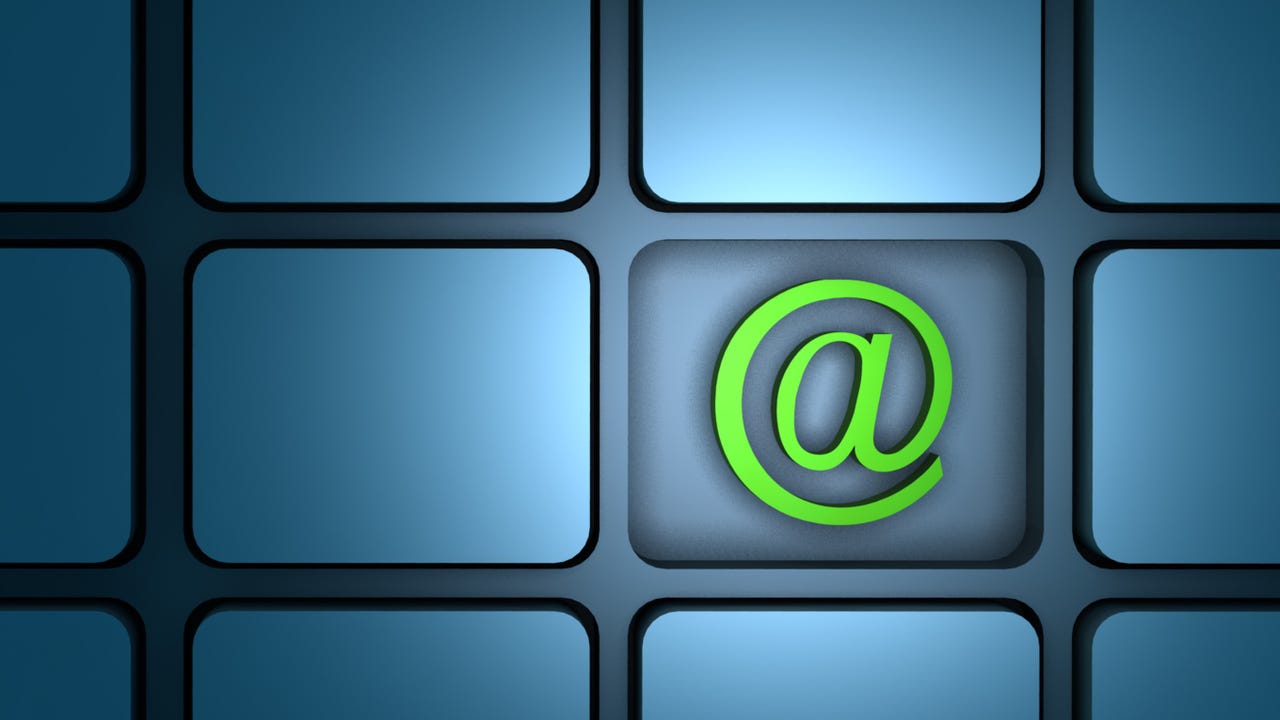'ZDNET Recommends': What exactly does it mean?
ZDNET's recommendations are based on many hours of testing, research, and comparison shopping. We gather data from the best available sources, including vendor and retailer listings as well as other relevant and independent reviews sites. And we pore over customer reviews to find out what matters to real people who already own and use the products and services we’re assessing.
When you click through from our site to a retailer and buy a product or service, we may earn affiliate commissions. This helps support our work, but does not affect what we cover or how, and it does not affect the price you pay. Neither ZDNET nor the author are compensated for these independent reviews. Indeed, we follow strict guidelines that ensure our editorial content is never influenced by advertisers.
ZDNET's editorial team writes on behalf of you, our reader. Our goal is to deliver the most accurate information and the most knowledgeable advice possible in order to help you make smarter buying decisions on tech gear and a wide array of products and services. Our editors thoroughly review and fact-check every article to ensure that our content meets the highest standards. If we have made an error or published misleading information, we will correct or clarify the article. If you see inaccuracies in our content, please report the mistake via this form.
How can I keep junk email out of my inbox without juggling two or more email accounts? [Ask ZDNet]



For those who prefer a single email account, the answer is ... aliases.
Welcome to the latest installment of Ask ZDNet, where we know that the answer to every question isn't "Have you tried turning it off and back on again?"
In the mailbag this week: What's the best way to filter out marketing mail, newsletters, and other clutter without using a separate email account?
Is there a way to keep junk email out of my inbox without having to juggle two or more email accounts?
A few weeks ago, you recommended setting up a secondary email account as the best way to keep your inbox free of clutter. I'd rather stick with one email account, though. Do you have any options to recommend?
For those who missed the earlier Ask ZDNet column, here's a quick refresher: "I'm drowning in spam! How do I make it stop?"
And, yes, we understand the desire to keep things simple. For those who prefer a single email account, the answer is ... aliases.
An alias is an alternate email address that is different from your "real" one but is still associated with your account and deposits messages sent to that alias into your regular inbox, without forwarding. Combining an alias with filters or rules lets you automatically move messages out of your inbox to a folder of your choosing as a way to manage less important email traffic.
Gmail has the most limited approach to aliases, which are based on your primary address. To create an alias on the fly, just put a plus sign at the end and tack on whatever you want as a suffix. If your address is AskZDNet@gmail.com, for example, you could use AskZDNet+news@gmail.com as the address for subscribing to email newsletters. Then create a filter that applies the Newsletter label and skips the Inbox. Marie Kondo would be proud.
Gmail tips
One problem with Gmail's plus-sign aliases is that they give away your primary address. A spammer can just strip away the plus sign and everything after and begin cluttering up your inbox.
A free Outlook.com account has much more versatile alias options. You can create up to 10 aliases that don't have to have any connection to your primary address. (Go to https://account.live.com/names/manage and sign in with your Microsoft account to create a new alias or remove an existing one.) Messages sent to an alias arrive in the same inbox as those sent to the primary email address and can be moved out of the Inbox and into custom folders using Outlook rules. If you're getting too much spam at an alias, you can delete it (and open up a slot for a new one). Any email sent to a deleted alias gets bounced back to the sender and is never forwarded.
If neither of those options is attractive, consider using SimpleLogin, an open-source alternative that lets you create aliases that can be associated with any mailbox. (If you run your own mail server, you can even self-host the software.) The free Simple Login plan allows up to 15 aliases for one mailbox. Upgrading to the Premium plan for $4 a month (or $30 a year) unlocks unlimited aliases, unlimited mailboxes, unlimited custom domains, and PGP encryption.
Send your questions to ask@zdnet.com. Due to the volume of submissions, we can't guarantee a personal reply, but we do promise to read every letter and respond right here to the ones that we think our readers will care about. Be sure to include a working email address in case we have follow-up questions. We promise not to use it for any other purpose.